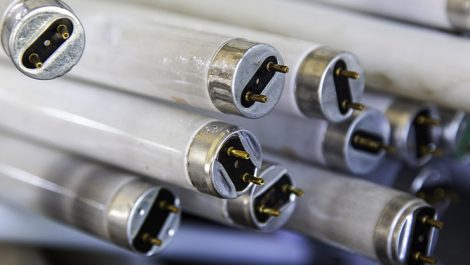Simon Isaacs explores how the print industry is looking to combine old and new approaches to ensure that different generations can work together to create innovative, creative and beautiful products for its clients.
If there is one common theme across all sectors, it’s that each business, no matter whether they work in print, finance or healthcare, is navigating a multigenerational workforce. From ‘Baby Boomers’ to ‘Gen Z’, the workforce has a more diverse age range than ever before, and with that can come complications – but also, innovations.
A team made up of individuals working in the same field for 20-30 years will have a wealth of experience and knowledge at their disposal, but they will also most likely be used to working in a certain way. In comparison, a younger team may have many bright and forward-thinking ideas but lack the know-how to execute them. Our firm belief at Ricoh is that businesses who use the combined power of a generationally mixed workforce will have the strongest foundation for the future, and this includes the print industry.
Generational expertise
Diversity is a wonderful thing on a team as it offers a business a greater and more varied perspective. A team made up of multiple generations brings the experience and knowledge of older employees with decades in the field, alongside the innovation and forward-thinking of a digitally native employee base.
When it comes to the world of print, a cross-generational team allows for the seamless blending of traditional print mediums with modern marketing practices. Anecdotally, those in print tend to be slightly older than those in marketing, and they bring with them a traditional printing background. A background that includes long training, detailed knowledge of machine capabilities, applications, substrates and colour. Those who are younger are typically more digitally native, having grown up in a world where technology is the answer to most solutions. With that comes a keener eye for design and digitalisation.
Bringing together these two skillsets is where innovation and the future of our industry lie. Traditional print teams should work closely with their marketing teams and vice versa to create a combined product that allows their clients voices, products, and messaging to shine.
The integration of print
Printing is one of the longest-standing industries globally, and over the generations, it has adapted and evolved. Embracing generational differences is the next iteration of this evolution and will enable the print industry to continue making innovative strides.
In fact, anyone who says print is dead is sorely mistaken. You only have to look outside to see print in action, and it’s everywhere! From social distancing stickers in public spaces, to branded visors and screens in shops and supermarkets. If the pandemic has shown us anything, it’s that a combination of print and digital is the best way to create a robust business model, plan and structure.
At the end of the very first lockdown in England, when restaurants and bars were open, it was through a combination of digital and physical assets that businesses could best protect their customers. QR codes and Track and Trace systems were in place for safety, while distancing stickers, markers, visors and screens were used to protect and direct people as they enjoyed a slice of normal life.
While the pandemic is its own unique experience, it acts as an example of the power that combining these two worlds has to offer and proves that print can effectively integrate with a marketing and communications plan that utilises digital platforms too, like TV advertising and Google ads.
Combining technologies
While many would argue that the printing industry’s strength comes from the creative process and the careful thinking that goes into developing an idea, people might forget how powerful and clever print engines are. All printing professionals know the intricacies of their machines and can identify the correct substrates, colours and techniques and ways of printing to help any creative dream come to life.
Ultimately, by spending more time in each other’s worlds, creatives and printers can work together to create more incredible and versatile products than ever before. With a multigenerational workforce that can work together to apply traditional print to brand new ideas that are fit for the digital age, the print sector will continue to prove that it’s not dying – it’s thriving.
Simon Isaacs is national sales director at Ricoh UK





